- Benefits of an Early Tomato Harvest
- Increased Yield and Variety
- Avoiding Pests and Diseases
- 1. Plant Disease-Resistant Varieties
- 2. Rotate Crops
- 3. Provide Proper Spacing
- 4. Mulch
- 5. Practice Good Sanitation
- 6. Use Natural Pest Control Methods
- 7. Monitor Your Plants
- 8. Practice Crop Rotation
- 9. Water Properly
- 10. Keep Your Garden Clean
- Saving Time and Energy
- 1. Opt for Self-Watering Containers
- 2. Implement Mulching
- 3. Use Supports for Tomato Plants
- 4. Consider Organic Fertilizers
- 5. Plan Your Planting
- 6. Properly Prune Your Tomato Plants
- Experiencing the Full Flavor
- 1. Fresh Salads
- 2. Tomato Soups and Sauces
- 3. Salsa and Dips
- 4. Bruschetta
- 5. Tomato Tart
- Extending the Growing Season
- Cold Frames
- Row Covers
- Greenhouses
- Planting Techniques
- Conclusion
- Effective Use of Space
- 1. Vertical Gardening
- 2. Container Gardening
- 3. Companion Planting
- 4. Raised Beds
- 5. Intensive Planting
- Conclusion
- Enjoying Fresh Tomatoes Earlier
- Enhancing Garden Success and Satisfaction
- 1. Proper Soil Preparation
- 2. Efficient Watering Techniques
- 3. Crop Rotation
- 4. Companion Planting
- 5. Regular Weeding
- 6. Proper Pruning and Support
- 7. Pest and Disease Management
- 8. Proper Harvesting Techniques
- 9. Learning from Experience
- 10. Enjoying the Fruits of Your Labor
- “Question-Answer”
- How can I get tomatoes to ripen faster?
- When is the best time to apply the lifehack for an early tomato harvest?
- Will removing leaves from tomato plants negatively affect their growth?
- Is it necessary to remove leaves from all tomato plants or only specific varieties?
- What other tips can you offer for early tomato harvesting?
- Is there a specific time of day when it is best to remove the leaves?
- Can this lifehack be applied to other fruits or vegetables?
- “Video” How to Prune Tomatoes for the Best Harvest
Are you a tomato lover who can’t wait to bite into a fresh, juicy tomato? If so, you’re in luck! We’ve uncovered a little-known lifehack that will have you enjoying your homegrown tomatoes sooner than you ever thought possible.
Traditionally, tomatoes are harvested in late summer or early fall, when they are fully ripe and bursting with flavor. But what if you could enjoy your tomato harvest months earlier? With this simple trick, you can!
The secret lies in a process called “winter sowing.” By starting your tomato seeds outdoors during the winter months, you can take advantage of the natural cycles of the seasons to speed up the growth of your plants. This method was first discovered by gardening enthusiasts who were looking for a way to extend the growing season and enjoy fresh tomatoes all year round.
So how does it work? Instead of starting your tomato seeds indoors, where they can take weeks or even months to germinate, you’ll be sowing them directly into small containers or trays outside. The cold temperatures of winter will act as a natural stratification process, breaking down the seed coat and allowing the seeds to sprout more quickly when the weather warms up.
Benefits of an Early Tomato Harvest
- Enjoy Fresh Tomatoes Sooner: By harvesting your tomatoes early, you can enjoy the taste and texture of freshly picked tomatoes sooner than if you had to wait for them to ripen on the vine.
- Extend Your Growing Season: Harvesting tomatoes early allows you to extend your growing season and increase the number of crops you can cultivate in a year. This can be especially beneficial in regions with shorter growing seasons.
- Reduce the Risk of Disease: By harvesting tomatoes early, you can reduce the risk of diseases and pests that can affect the fruit. This is because the longer the tomatoes stay on the vine, the more likely they are to be exposed to various diseases and pests that can impact their quality.
- Preserve Flavor and Nutritional Value: Tomatoes that are harvested early tend to have a more intense flavor than those left to ripen on the vine. Additionally, they can retain more of their nutritional value, including vitamin C and antioxidants.
- Optimize Space: Harvesting tomatoes early can also help optimize space in your garden. Once the early tomatoes are harvested, you can use the space to plant new crops or extend the growth of other vegetables and herbs.
Increased Yield and Variety
Growing tomatoes early not only allows you to enjoy a fresh harvest ahead of schedule, but it also gives you the opportunity to increase your overall yield and variety of tomatoes. By starting your plants indoors and transplanting them once the weather warms up, you can maximize the growing season and potentially produce more tomatoes.
Additionally, growing tomatoes early opens up the possibility of trying out different varieties that typically require a longer growing season. Typically, these varieties would be difficult to grow in certain climates or regions with shorter summers. However, by using the early tomato harvesting method, gardeners can experiment with new and exciting tomato varieties.
Furthermore, growing tomatoes early allows you to extend the harvest season, giving you a continuous supply of tomatoes throughout the summer. Instead of having all your tomatoes ripen at once, which can be overwhelming, you can have a steady supply of ripe tomatoes from early summer to early fall.
To further increase yield and variety, consider using companion planting techniques. Planting companion plants such as basil, marigolds, or garlic around your tomato plants can help repel pests, improve pollination, and enhance the overall health of your tomato plants, leading to a higher yield and better-tasting tomatoes.
| Benefits of increased yield and variety: |
|---|
| 1. More tomatoes: By growing tomatoes early, you can potentially produce a larger crop of tomatoes. |
| 2. Experimentation: Early tomato harvesting allows you to try out new varieties that typically require a longer growing season. |
| 3. Extended harvest: With early tomatoes, you can have a continuous supply of ripe tomatoes throughout the summer. |
| 4. Companion planting: Planting companion plants alongside your tomatoes can improve yield and enhance plant health. |
Avoiding Pests and Diseases
Growing tomatoes can be a challenge, especially when it comes to dealing with pests and diseases. However, with the right strategies, you can minimize the risk and ensure a healthy harvest. Here are some tips to help you avoid common tomato pests and diseases:
1. Plant Disease-Resistant Varieties
Start by selecting disease-resistant tomato varieties. These varieties are bred to be more resistant to common tomato diseases, such as blight, powdery mildew, and leaf spot. Look for varieties labeled as “disease-resistant” or consult with a gardening expert for recommendations.
2. Rotate Crops
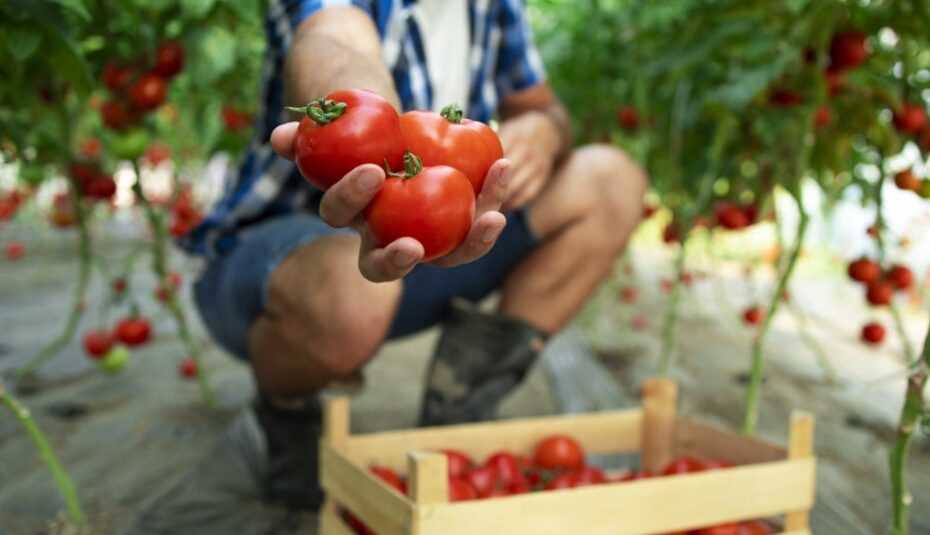
Rotate your tomato crops each year to prevent the buildup of pest and disease populations in the soil. Avoid planting tomatoes in the same spot where they were grown the previous year. Instead, plant them in a different location in your garden or use containers with fresh soil.
3. Provide Proper Spacing
Give your tomato plants enough space to grow and spread out. Overcrowding can create a humid environment that promotes the development of diseases. Follow the spacing recommendations for the specific tomato variety you are growing.
4. Mulch
Apply a layer of organic mulch around your tomato plants to suppress weeds and maintain soil moisture. Mulch also acts as a barrier between the soil and plant foliage, reducing the chances of soil-borne diseases splashing onto the leaves.
5. Practice Good Sanitation
Remove any diseased or damaged leaves or fruits from your tomato plants as soon as you notice them. Also, clean your gardening tools and equipment regularly to prevent the spread of diseases. Disinfect them with a solution of bleach and water or alcohol before and after each use.
6. Use Natural Pest Control Methods
Consider using natural pest control methods, such as introducing beneficial insects like ladybugs and praying mantises to your garden. These insects feed on common tomato pests like aphids and caterpillars, helping to keep their populations under control.
7. Monitor Your Plants
Regularly inspect your tomato plants for any signs of pests or diseases. Look for yellowing or wilting leaves, discoloration, spots, or chewed foliage. Early detection is key to preventing the spread of pests and diseases, so take action as soon as you notice any issues.
8. Practice Crop Rotation
Rotate your tomato plants with other unrelated crops each year to help break the pest and disease cycle. This strategy disrupts the habitat and food sources of pests and prevents them from becoming established in your garden.
9. Water Properly
Avoid overhead watering as it can create a moist environment that favors the development of diseases. Instead, water at the base of the plants either early in the morning or late in the evening to allow the foliage to dry before nightfall.
10. Keep Your Garden Clean
Remove any plant debris, fallen leaves, or fruit that could attract pests or harbor diseases. Keep your garden clean and tidy to minimize the risk of infestations and infections.
By following these tips, you can reduce the risk of pests and diseases in your tomato plants and enjoy a bountiful harvest of healthy, ripe tomatoes.
Saving Time and Energy
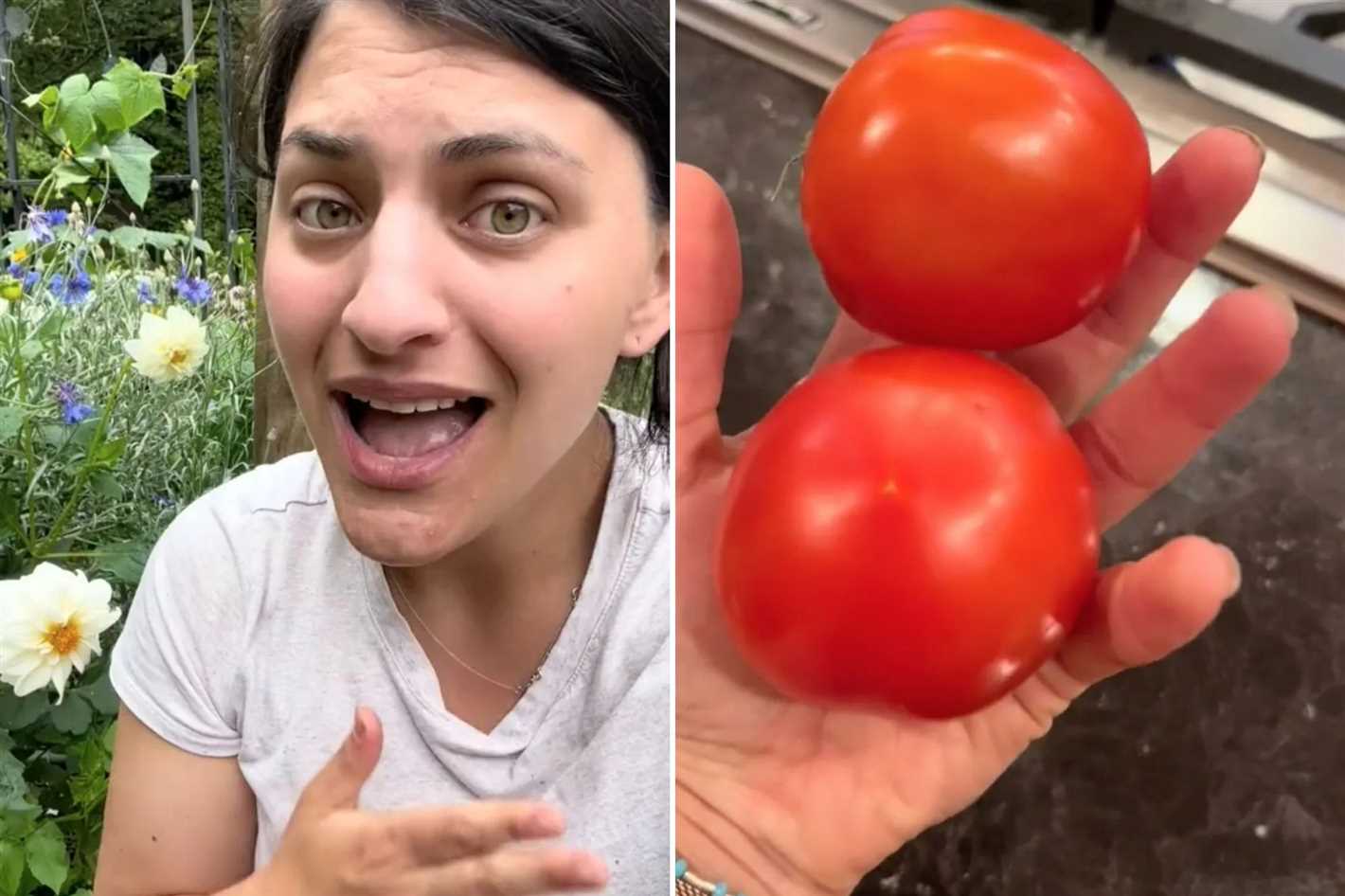
When it comes to growing tomatoes, saving time and energy is essential. Fortunately, there are several methods you can follow to make the process easier and more efficient. Here are some tips:
1. Opt for Self-Watering Containers
Using self-watering containers is a great way to save time and energy while growing tomatoes. These containers have built-in reservoirs that supply water to the plants as needed, eliminating the need for daily watering. This method also reduces the risk of overwatering, which can lead to root rot.
2. Implement Mulching
Mulching around tomato plants is another time and energy-saving technique. Applying a layer of mulch around the base of the plants helps retain moisture in the soil, reducing the frequency of watering required. Additionally, mulch helps suppress weed growth, saving you time and effort spent on weeding.
3. Use Supports for Tomato Plants
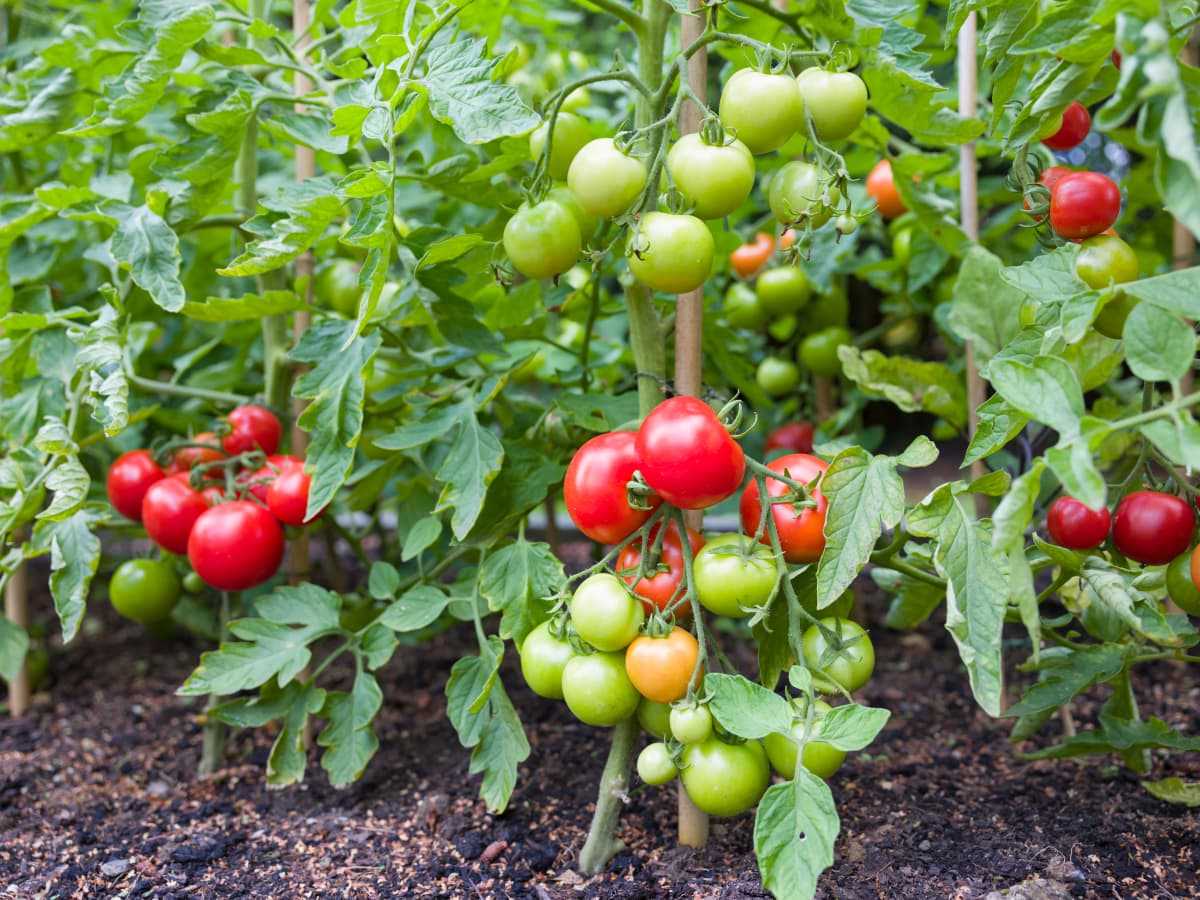
Supporting tomato plants with stakes or cages can save you time and energy in several ways. Firstly, it prevents the plants from sprawling on the ground, reducing the risk of diseases and pests. Secondly, it makes harvesting easier by keeping the fruits off the ground, preventing rot and damage. Lastly, it simplifies pruning and maintenance, allowing for better air circulation and healthier plants.
4. Consider Organic Fertilizers
Using organic fertilizers instead of synthetic ones can be a time and energy-saving choice. Organic fertilizers release nutrients slowly, providing a steady supply to the plants over time. This eliminates the need for frequent application and reduces the risk of over-fertilizing, which can harm the plants. Moreover, organic fertilizers improve soil structure and promote long-term soil health.
5. Plan Your Planting
Planning your tomato planting schedule can save you time and energy throughout the growing season. Start seeds indoors early to give them a head start before transplanting outside. This will allow you to harvest tomatoes earlier in the season. Additionally, stagger your planting to ensure a continuous supply of ripe tomatoes, extending your harvest period.
6. Properly Prune Your Tomato Plants
Pruning tomato plants can help save time and energy by focusing the plant’s energy on producing fruits rather than excessive foliage. Removing suckers (the shoots that emerge from the leaf axils) and thinning overcrowded branches improves air circulation, reduces the risk of diseases, and makes harvesting easier.
By following these time and energy-saving tips, you can enjoy a bountiful tomato harvest with less effort and more efficiency. Give them a try and see the difference in your gardening routine!
Experiencing the Full Flavor
Once you have successfully harvested your tomatoes early, you can truly experience the full flavor of these delicious fruits. The early ripening process enhances the sweetness and juiciness of the tomatoes, making them a perfect addition to any dish.
1. Fresh Salads
Add sliced early-harvested tomatoes to your favorite salads for a burst of freshness. Their vibrant color and rich flavor will elevate the taste of your greens and vegetables. Combine them with some fresh mozzarella and basil leaves for a classic Caprese salad that will delight your taste buds.
2. Tomato Soups and Sauces
Use your early-harvested tomatoes to create flavorful soups and sauces. Their concentrated taste will add depth and richness to your tomato-based recipes. Simmer them with onions, garlic, and herbs to make a delicious tomato sauce that can be used in pasta dishes or as a base for other sauces.
3. Salsa and Dips
Dice your early tomatoes and combine them with onions, peppers, cilantro, and lime juice to create a mouthwatering salsa. This versatile dip can be enjoyed with tortilla chips or used as a topping for grilled meats and vegetables. The freshness of the early-harvested tomatoes will bring a unique twist to your favorite salsa recipes.
4. Bruschetta
Top toasted bread slices with diced early tomatoes, garlic, basil, and a drizzle of olive oil to make a delicious bruschetta. This simple yet flavorful appetizer is perfect for entertaining guests or enjoying as a light snack. The early-harvested tomatoes will provide a burst of freshness that pairs perfectly with the crunchy bread.
5. Tomato Tart
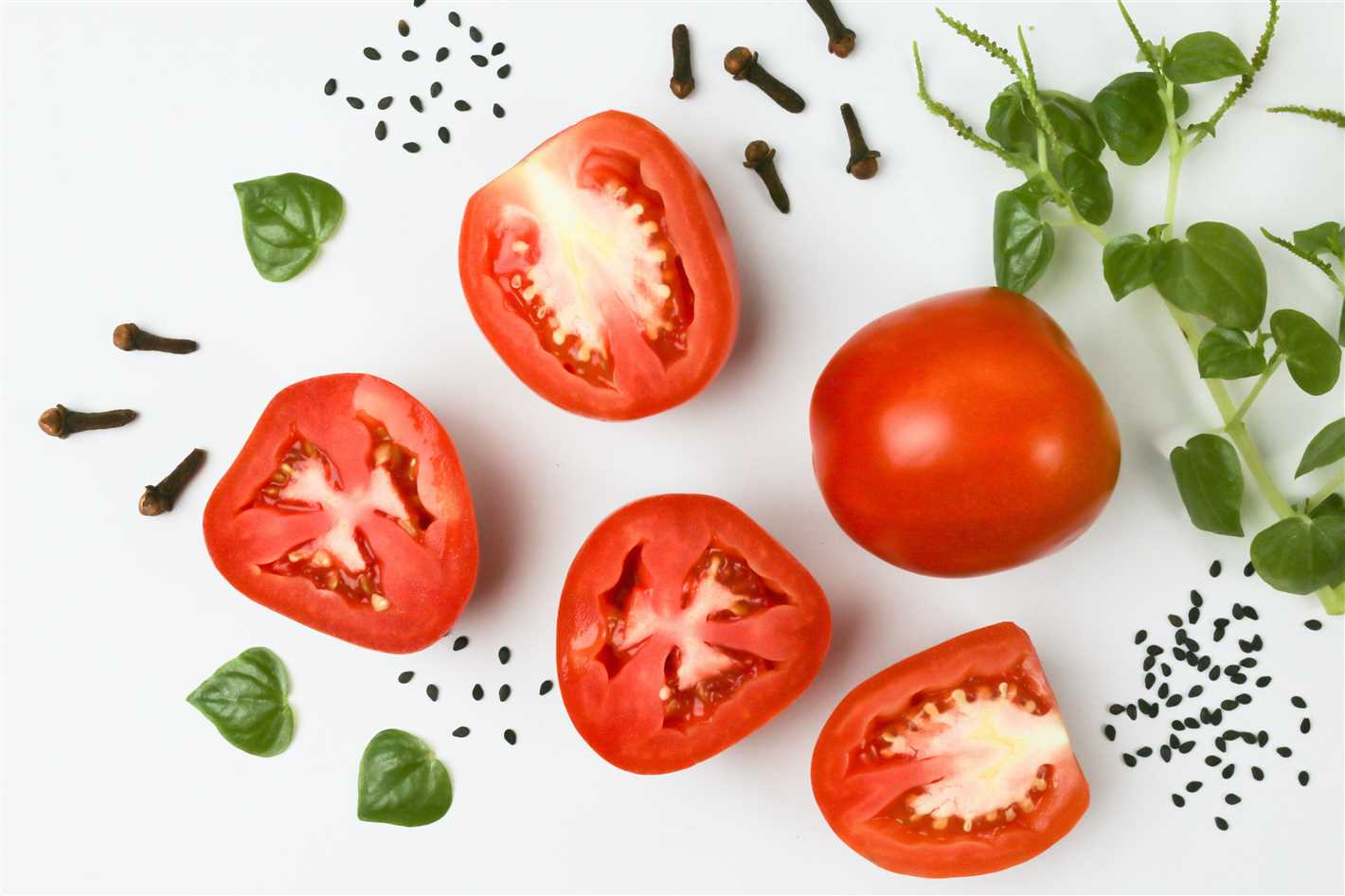
Make a savory tomato tart by layering sliced early tomatoes on a pastry crust with cheese and herbs. Bake it in the oven until the crust is golden and the tomatoes are soft and juicy. The early-harvested tomatoes will caramelize and intensify in flavor, making this tart a true delight for your taste buds.
With the early harvest lifehack, you can savor the full flavor of tomatoes even before the regular season begins. Experiment with different recipes and let the taste of these early-harvested gems inspire your culinary creations.
Extending the Growing Season
One of the challenges of growing tomatoes is that they have a relatively short growing season. However, there are several techniques that can help you extend the growing season and enjoy fresh tomatoes for a longer period of time.
Cold Frames
A cold frame is a simple structure that helps protect your tomato plants from frost and cold temperatures. It consists of a bottomless box with a transparent cover. The transparent cover allows sunlight to reach the plants and traps heat inside, creating a mini greenhouse effect. This can help keep your tomatoes warm and allow them to continue growing even when the temperature drops.
Row Covers
Row covers are another effective way to extend the growing season for your tomatoes. These covers are made of lightweight fabric and are placed directly over the plants. They help protect the tomatoes from frost, wind, and cold temperatures. Row covers also act as a barrier against pests, preventing them from attacking your plants. By using row covers, you can start planting your tomatoes earlier in the spring and enjoy fresh tomatoes well into the fall.
Greenhouses
Greenhouses are the ultimate tool for extending the growing season. A greenhouse provides a controlled environment where you can grow your tomatoes year-round. By regulating the temperature, humidity, and light levels, you can create the ideal conditions for your plants to thrive. Greenhouses also protect your tomatoes from harsh weather conditions, pests, and diseases. With a greenhouse, you can enjoy a continuous harvest of tomatoes no matter the season.
Planting Techniques
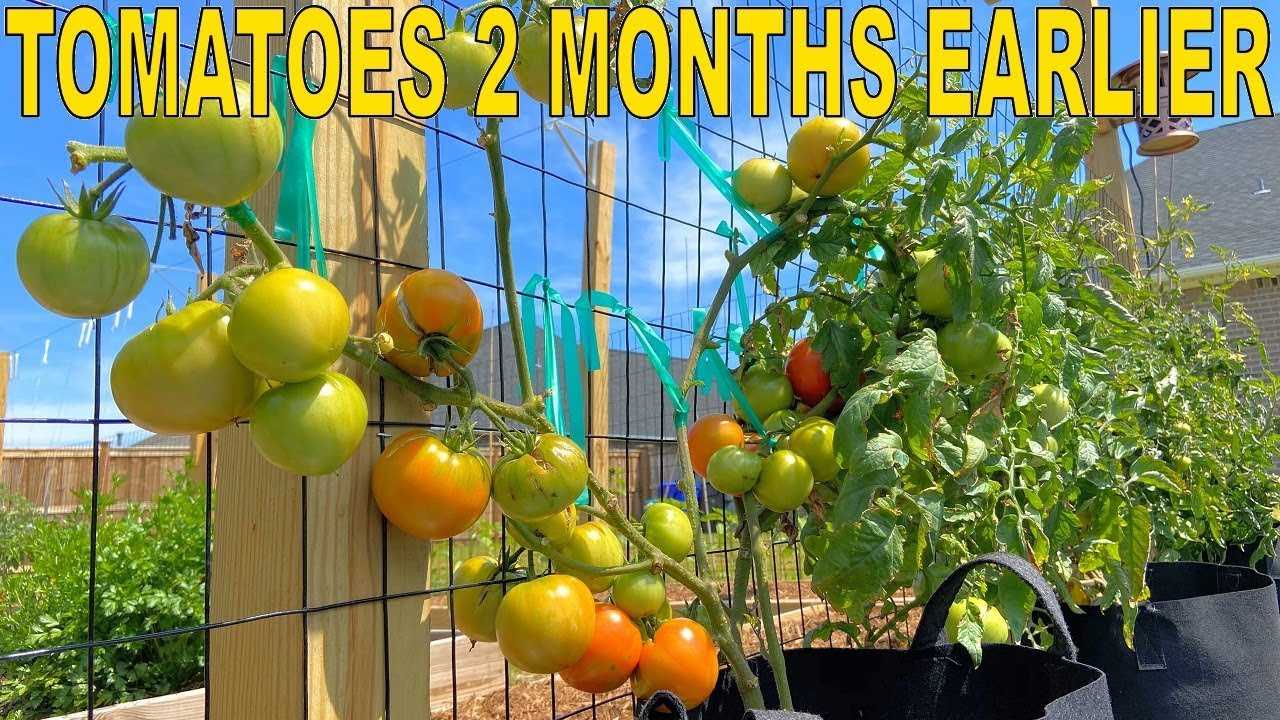
There are several planting techniques that can help you extend the growing season for your tomatoes. One technique is to start your seeds indoors several weeks before the last frost date. This allows your plants to get a head start and be ready for transplanting when the weather warms up. Another technique is to choose early-maturing tomato varieties that are specifically bred to produce fruit quickly. These varieties can often be harvested earlier than traditional tomatoes, giving you a longer growing season.
Conclusion
By using techniques such as cold frames, row covers, greenhouses, and strategic planting techniques, you can successfully extend the growing season for your tomatoes. With a little extra effort and planning, you can enjoy fresh, homegrown tomatoes for a longer period of time. So go ahead and try these methods to maximize your tomato harvest!
Effective Use of Space
1. Vertical Gardening
If you have limited space in your garden, vertical gardening is a great way to maximize the use of that space. By growing plants vertically, you can take advantage of walls, fences, or trellises to grow a variety of crops, including tomatoes, cucumbers, beans, and peas.
There are several methods you can use for vertical gardening. One popular technique is to use stakes or cages to support plants as they grow vertically. Another option is to create a trellis system using bamboo, wire, or other materials. You can also use hanging baskets or wall-mounted planters to grow plants vertically.
2. Container Gardening
If you don’t have access to a traditional garden bed, container gardening is an excellent option for growing plants in limited space. With this method, you can use pots, buckets, or other containers to grow various vegetables, herbs, and flowers.
When choosing containers for your garden, make sure they have proper drainage holes to prevent waterlogging. You can use a variety of containers, such as plastic pots, ceramic planters, or even recycled items like old buckets or crates. Just make sure they are large enough to accommodate the plants’ root systems.
3. Companion Planting
Companion planting is a technique that involves growing different plants together to benefit each other in some way. By strategically pairing compatible plants, you can make the most of the available space and maximize the overall yield.
For example, planting herbs like basil or dill alongside tomatoes can help repel pests and improve the flavor of the tomatoes. Similarly, interplanting fast-growing crops like lettuce or radishes with slower-growing plants like carrots can make the most of the space and allow you to harvest multiple crops from the same area.
4. Raised Beds
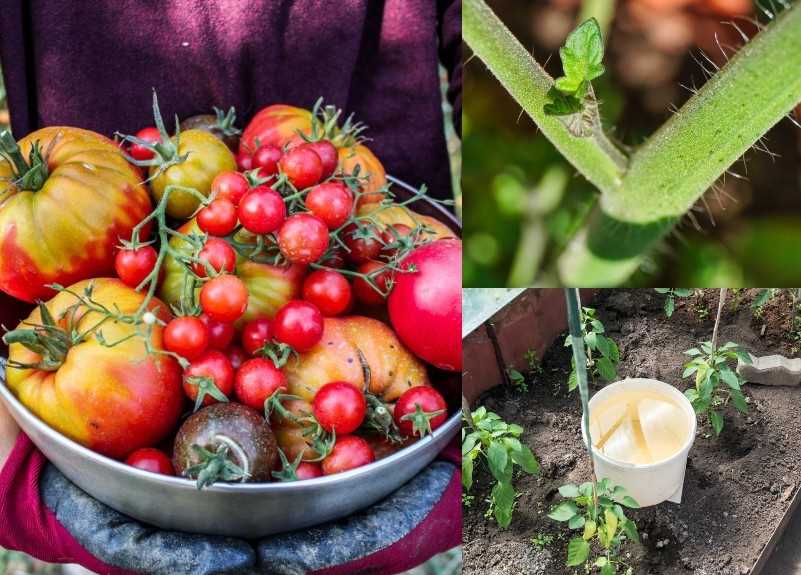
Raised beds are another effective way to use space efficiently in your garden. By creating elevated planting areas, you can maximize the growing area and improve soil quality. Raised beds can be built using various materials, including wood, bricks, or concrete blocks.
The advantages of raised beds include better drainage, improved soil structure, and easier maintenance. You can also control the quality of the soil by adding compost, fertilizer, or other organic amendments.
5. Intensive Planting
Intensive planting involves growing plants in close proximity to maximize the use of space. This method is commonly used in small gardens or urban environments where space is limited. By planting crops closer together, you can fit more plants in a smaller area and increase the overall yield.
However, it’s essential to consider the plants’ requirements and spacing recommendations to avoid overcrowding and competition for resources. Some plants may require more space to grow properly, while others can tolerate closer planting.
Conclusion
With a bit of creativity and planning, you can effectively use limited space in your garden to grow a variety of plants. Whether it’s vertical gardening, container gardening, or companion planting, there are plenty of techniques to maximize your harvest while minimizing the footprint.
Consider implementing some or all of these methods to make the most of your garden and enjoy a bountiful harvest, even in a small space.
Enjoying Fresh Tomatoes Earlier
Are you tired of waiting for your tomatoes to ripen? With this simple lifehack, you can enjoy fresh tomatoes earlier than ever before! Just follow these easy steps to speed up the ripening process:
- Choose the right variety: Look for early-ripening tomato varieties, such as Early Girl or Early Boy. These varieties are specifically bred to mature faster, allowing you to enjoy fresh tomatoes sooner.
- Start your seeds indoors: To get a head start on the growing season, start your tomato seeds indoors. This way, you can transplant them into your garden once the danger of frost has passed. Indoor seed starting allows you to control the environment, ensuring optimal conditions for germination.
- Use black plastic mulch: Lay black plastic mulch on the ground around your tomato plants. The dark color absorbs heat, warming the soil and speeding up the ripening process. Additionally, the mulch helps to retain moisture and suppress weeds, promoting healthier and more productive plants.
- Provide adequate sunlight: Tomatoes need at least 6-8 hours of direct sunlight per day to ripen properly. Ensure that your plants are placed in a sunny location to maximize sun exposure. Consider using reflective surfaces, such as aluminum foil or white plastic, to redirect sunlight towards your plants.
- Prune your plants: Regularly prune your tomato plants to promote air circulation and sunlight penetration. This allows the fruits to receive more sunlight, facilitating faster ripening. Remove any unnecessary foliage and prune the suckers that develop in the leaf axils.
- Provide proper care: Water your tomato plants consistently to prevent stress and encourage healthy growth. Avoid overwatering, as it can lead to fruit cracking. Additionally, regularly feed your plants with a balanced tomato fertilizer to ensure they receive essential nutrients.
- Protect from frost: Even if you start your tomato plants indoors, they can still be susceptible to late-season frosts. Keep an eye on the weather forecast and cover your plants with frost blankets or cloths when necessary to protect them from cold temperatures.
- Monitor for pests and diseases: Regularly inspect your plants for signs of pests or diseases, such as aphids, tomato hornworms, or fungal infections. Early detection and proper treatment can prevent damage and ensure healthy tomato plants.
By following these tips, you can enjoy the taste of freshly harvested tomatoes even before the traditional harvest time. Start implementing this lifehack today and savor the delicious flavor of homegrown tomatoes sooner!
Note: Remember that individual plant growth can vary due to factors such as temperature, sunlight, and soil conditions. Results may vary depending on your specific gardening environment.
Enhancing Garden Success and Satisfaction
Gardening is a rewarding and fulfilling activity that allows for a deeper connection with nature while yielding delicious and nutritious fruits and vegetables. To enhance your gardening success and satisfaction, here are some useful tips and strategies:
1. Proper Soil Preparation
Before planting, it is essential to prepare the soil properly. Start by removing any weeds and grass from the area and loosen the soil using a spade or a garden fork. Incorporate organic matter such as compost or well-rotted manure to improve the soil’s fertility and structure.
2. Efficient Watering Techniques
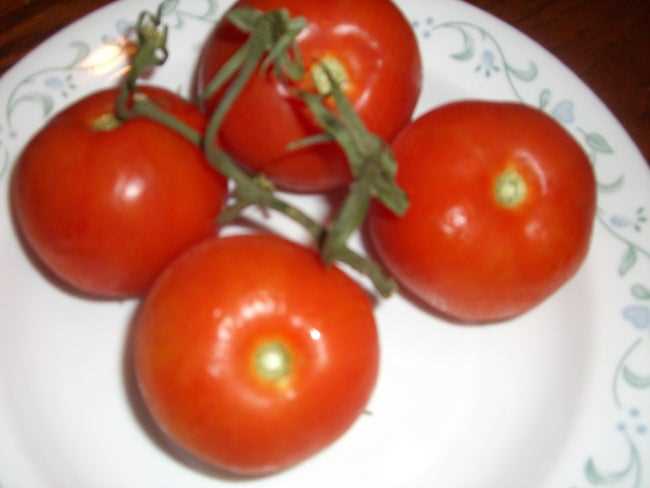
Watering your garden effectively is crucial for the health and growth of your plants. Rather than spraying the entire garden, focus on delivering water directly to the plants’ roots. This can be done by using a drip irrigation system or by watering at the soil level.
3. Crop Rotation
Rotating crops each season helps prevent the buildup of pests and diseases in the soil. By planting different crops in different areas of your garden, you can reduce the risk of pest infestations and maintain soil health.
4. Companion Planting
Companion planting is an effective way to maximize garden space and deter pests. Certain plants have natural properties that repel pests or attract beneficial insects. For example, planting marigolds near tomatoes can help repel aphids.
5. Regular Weeding
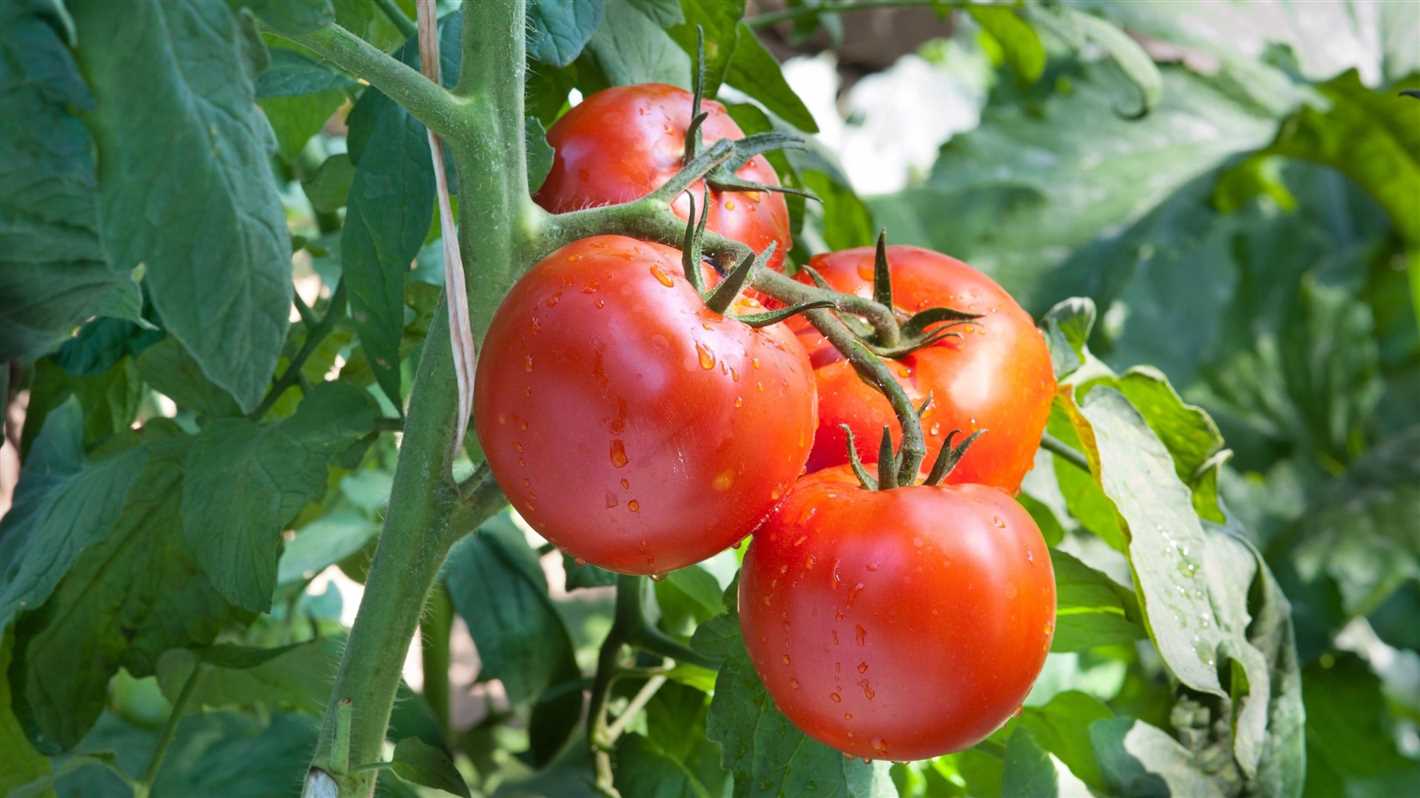
Weeding is a necessary task to keep your garden healthy and thriving. Regularly remove weeds to prevent competition for nutrients and water. Mulching can also help suppress weed growth and conserve moisture in the soil.
6. Proper Pruning and Support
Pruning and supporting plants like tomatoes, cucumbers, and beans are important for optimal growth and productivity. Remove any diseased or damaged branches and provide stakes or trellises for plants that need support to prevent them from sprawling on the ground.
7. Pest and Disease Management
Monitor your garden regularly for signs of pests or diseases. Early detection and intervention can prevent the widespread infestation of your plants. Consider using organic pest control methods, such as neem oil or insecticidal soap, to minimize harm to beneficial insects.
8. Proper Harvesting Techniques
Harvesting produce at the right time ensures the best flavor and quality. Different fruits and vegetables have varying signs of ripeness, so familiarize yourself with each crop’s specific characteristics. Use clean and sharp tools to minimize damage to plants during harvest.
9. Learning from Experience
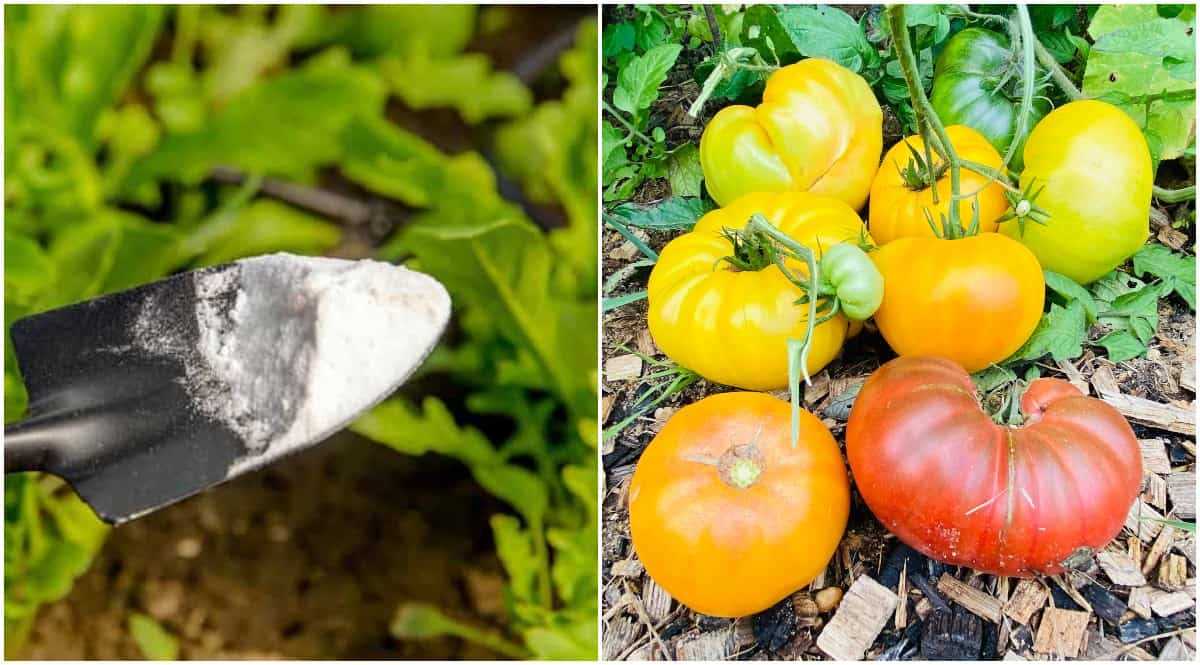
Gardening is a continuous learning process, and each year presents new challenges and opportunities. Keep a gardening journal to track your successes, failures, and observations. This will help you make informed decisions in the future and improve your gardening skills.
10. Enjoying the Fruits of Your Labor
Take time to appreciate the beauty and abundance of your garden. Enjoy the fresh flavors and nutritional benefits of your homegrown produce. Share your harvest with friends and neighbors, and take pride in the hard work and dedication you put into your garden.
With these tips and strategies, you can enhance your garden success and satisfaction, and enjoy a bountiful and thriving oasis right in your own backyard.
“Question-Answer”
How can I get tomatoes to ripen faster?
The little-known lifehack for an early tomato harvest suggests removing the leaves below the first flower cluster to allow more sun and warmth to reach the tomatoes. This will speed up the ripening process.
When is the best time to apply the lifehack for an early tomato harvest?
It is recommended to apply this lifehack when your tomatoes have reached a good size and have started to change color. Removing the leaves below the first flower cluster at this point will help the tomatoes ripen faster.
Will removing leaves from tomato plants negatively affect their growth?
Removing only the leaves below the first flower cluster will not negatively affect the growth of tomato plants. In fact, it will redirect the energy of the plant towards ripening the tomatoes instead of producing unnecessary foliage.
Is it necessary to remove leaves from all tomato plants or only specific varieties?
This lifehack can be applied to all tomato plant varieties. Whether you are growing indeterminate or determinate tomatoes, removing the leaves below the first flower cluster will help speed up the ripening process.
What other tips can you offer for early tomato harvesting?
In addition to removing the leaves below the first flower cluster, you can also try providing some afternoon shade to protect the tomatoes from excessive heat. This can be done by using shade cloth or strategically placing taller plants near the tomato plants.
Is there a specific time of day when it is best to remove the leaves?
It is best to remove the leaves early in the morning when the temperatures are cooler. This will minimize stress on the plants and allow them to recover quickly.
Can this lifehack be applied to other fruits or vegetables?
The lifehack of removing leaves to speed up ripening can be applied to some other fruits like peppers and eggplants. However, it may not be as effective for all vegetables, so it is best to do some research specific to the plant you are growing.







